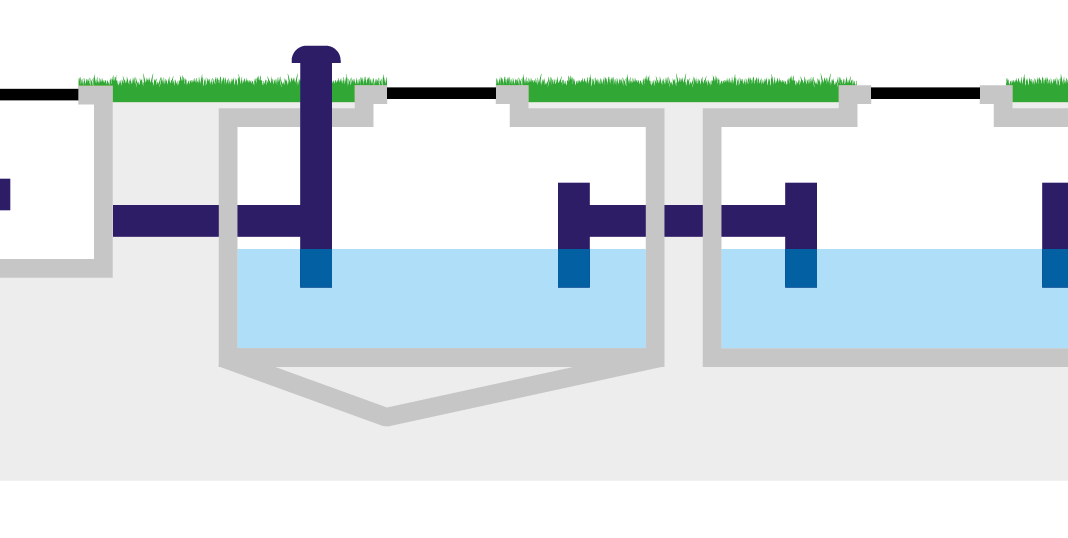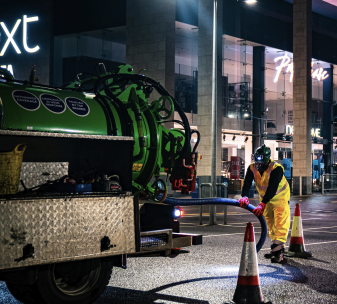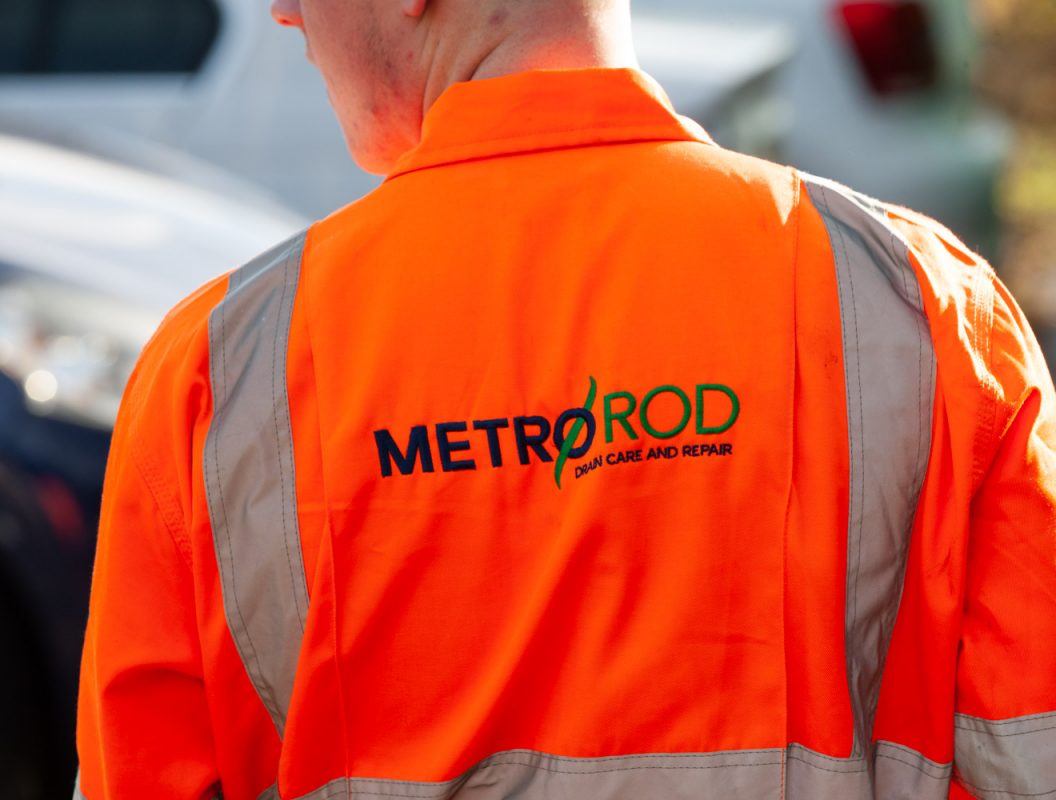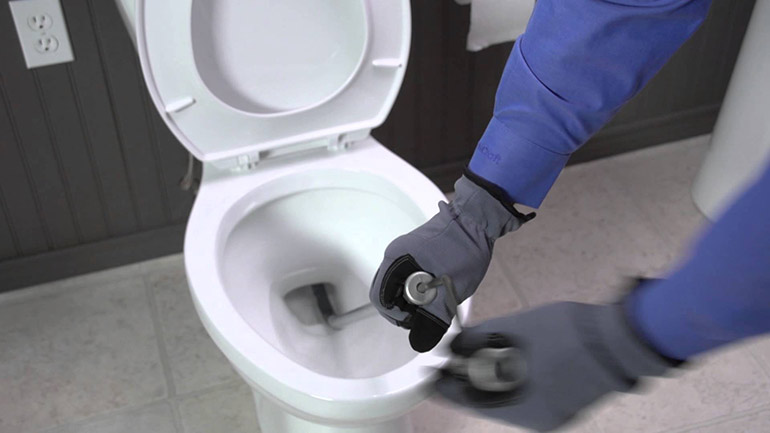What is a Drain Interceptor?
A drain interceptor is a term which can be easily confused. The first use of the term is for an interceptor trap, a device which was introduced widely during Victorian times as a means to prevent the spread of airborne diseases. The water trap produced by the interceptor was noted to significantly reduce smells emanating from main sewers back into properties and the interceptor trap was held to be of great benefit. The interceptor trap was also believed to prevent rodents from passing although this proved to be a fallacy as rats are excellent swimmers and can easily negotiate the shallow water held in the trap.
The term Interceptor is also used in conjunction with oil or petrol. A petrol/oil interceptor is a defensive device used to separate and capture contaminants before they reach a drainage system. Commonly used in industrial or commercial settings such as petrol stations or car parks, the device captures waste like oil or petrochemicals spilled onto the ground by vehicles, preventing contaminants flowing into main surface water sewers. This can occur during rainfall or when washing vehicles. These types of interceptors can also be found at production or manufacturing sites and at storage facilities. Fats, Oils and Grease (FOG) can also be captured by a grease interceptor which works in a similar way to a petrol interceptor.
Why is a Petrol Interceptor Important?
Petrol interceptors – typically installed within drainage pipework in the form of a tank – are vital in wastewater management systems as they play a huge part in protecting the environment. They act as barricades to stop pollutants entering water sources including streams, rivers, lakes and seas – water which is consumed by humans and animals. Environmental authorities can request drain interceptors are in place for high-risk areas where likeliness of contamination is greater.
How Does a Petrol Interceptor Work?
As pictured below, petrol Interceptors work via a series of tanks or chambers. Surface water from roads or car parks flow into the first chamber which is vented to remove any odors or gases effectively. As wastewater enters the drain interceptor it is separated. Strong pollutants such as oil, grease and fat will float to the top because their density is lower. Solids settle at the bottom. Clean water stays in the middle and can exit the interceptor on its way to the sewer system or a designated outlet. Any contaminants that have been captured are removed from the interceptor drain using methods including pumping, skimming or manual cleaning depending on the tank size.

How Often Should You Empty a Petrol Interceptor?
The Environment Agency recommends petrol interceptors are emptied every six months, though this isn’t compulsory. It can still be safe to clear interceptors less frequently.
Oil, grease, fats and solids should not be allowed to build up as the interceptor needs to remain efficient, ensuring it is compliant with environmental regulations. However, overall responsibility for preventing pollution on-site is ultimately on your business, so routine sampling and regular maintenance of drain interceptors is vital.
What Happens if You Don’t Empty a Drain Interceptor?
Over time, you would expect to see reduced efficiency of your interceptors if you fail to empty it. When it reaches capacity, it becomes less effective in separating pollutants from wastewater, leading to potential clogs in the drainpipes and blockages, leading to costly repairs and potential disruption at your site or premises. There are also serious legal implications for businesses which are found not to be complying with their environmental obligations. The consequences of breaching these obligations can include both an unlimited fine and a criminal offence, with the potential for imprisonment.
Not emptying an interceptor can cause other issues, too. For example, anything that remains stagnant in the drain interceptor is likely to decompose causing foul odours.
FOG interceptors are often maintained every 3 months or more often, depending on their size and use.
Which Drain Interceptor is Best For Your Site?
To avoid unexpected callouts and unnecessary downtime, it’s wise to fit and maintain your drain interceptor installations well to ensure they comply with current environmental regulations. You can find out what type of interceptors are best for your site, or discuss the management of your wastewater, by contacting one of our qualified and expertly trained Metro Rod drainage specialists. With full national coverage, there’ll be an engineer in your local area ready to support you with a free site visit and a no-obligation quote.

Talk to your local Metro Rod specialist
We are always happy to arrange a free site assessment and no obligation quotations for any work you might need. Alternatively, you can call our emergency hotline number on 0800 66 88 00
Get in touch Drainage Services

